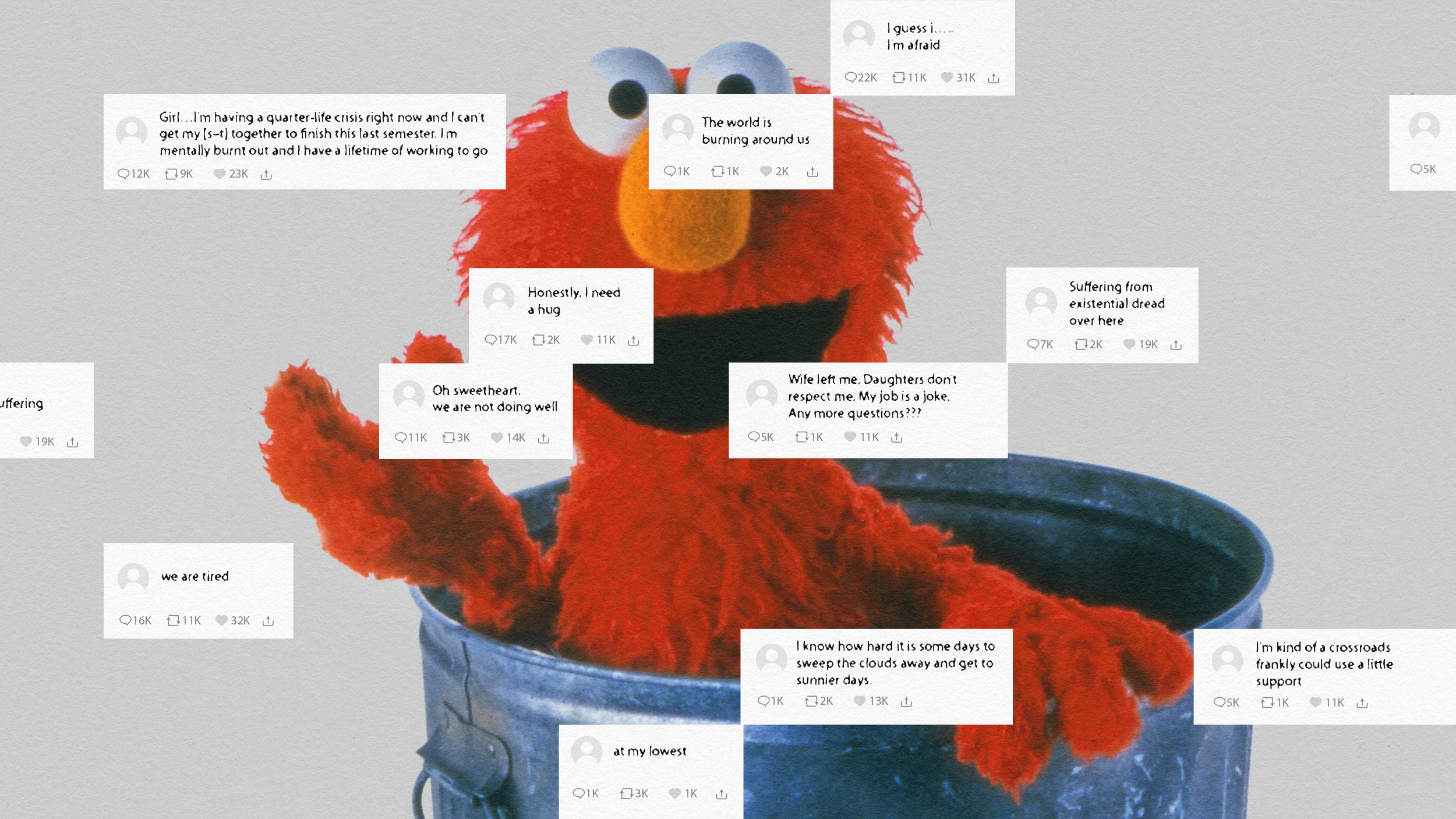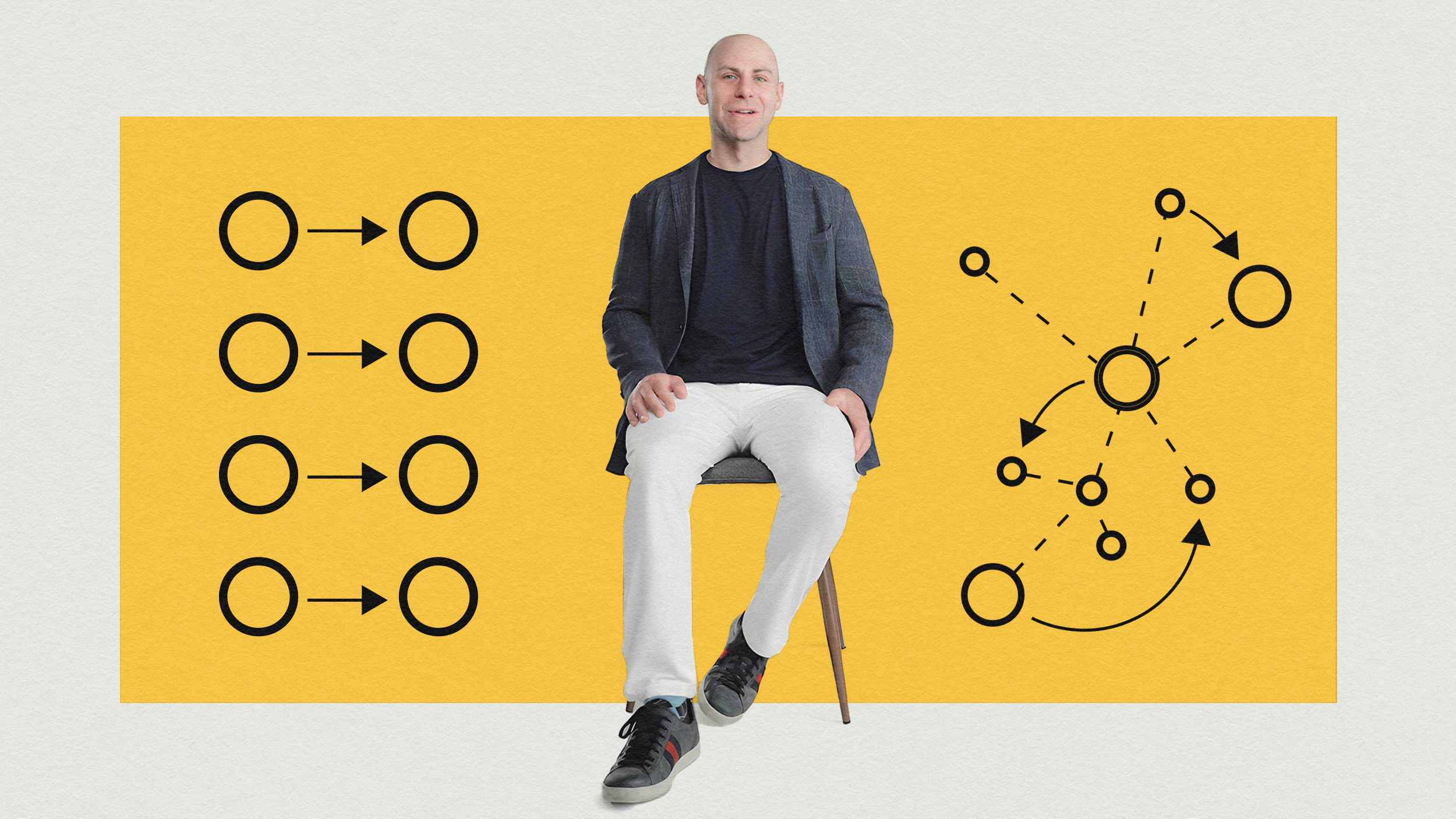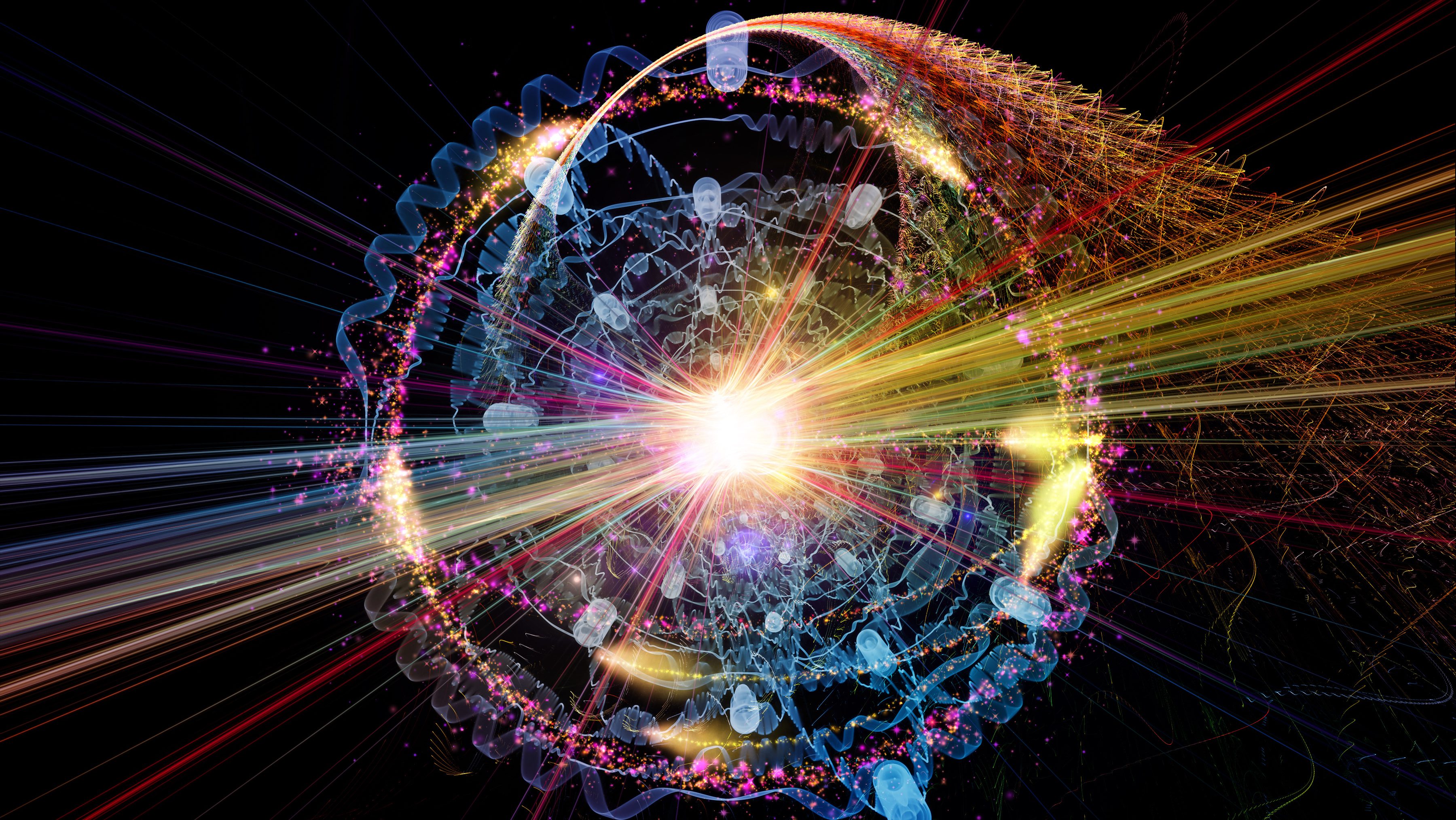Kadam Morten: What Buddhist practice entails is essentially helping us to connect to the love, the kindness, the good qualities, the good stuff, that we already have in our heart and then learning how to cultivate that, how to nurture it, how to increase it so that it comes to characterize us completely. And then on the other side, letting go of anger, letting go of deluded, painful states of mind that just cause unhappiness.
Buddhism is not founded upon a story that then we need to defend against the observations of science. It’s actually founded upon a scientific exploration of consciousness, and therefore it can just change with the times.
One further note is that, of course, Buddha is, I don’t know, he’s right there with modern science from one point of view. Relativity--Buddha was talking about that 2,500 years ago. Or these days, some of the findings of quantum physics and so on where it’s clear that the observer is a crucial part of the observed . . . well, that’s what Buddha said: There is no object outside of the consciousness perceiving that object.
Directed / Produced by
Jonathan Fowler & Elizabeth Rodd
Kadam Morten Clausen is a Buddhist teacher in the New Kadampa tradition, a modern, worldwide tradition founded by Buddhist master Venerable Geshe Kelsang Gyatso, the author of more than twenty[…]
Related
Public mass shooters almost always have worldviews shaped by the "3 Rs": rage, resentment, and revenge.
When does "oversharing" become an issue?
The ability to toggle between abstract and concrete thinking is a key differentiator of high-potential leaders.
Bob Dylan gave us the paradoxical gem "there's no success like failure, and failure's no success at all." He had a point.
Practically all of the matter we see and interact with is made of atoms, which are mostly empty space. Then why is reality so... solid?





